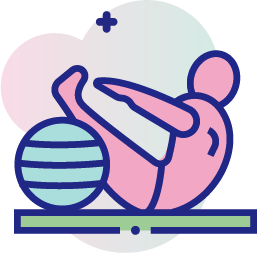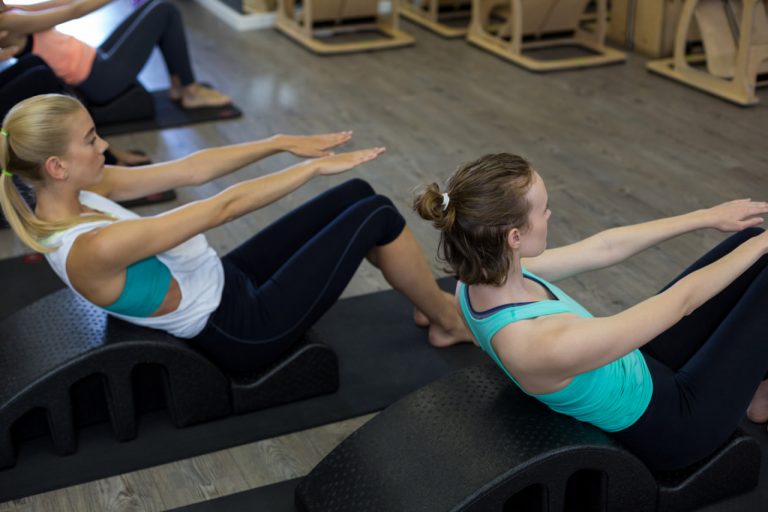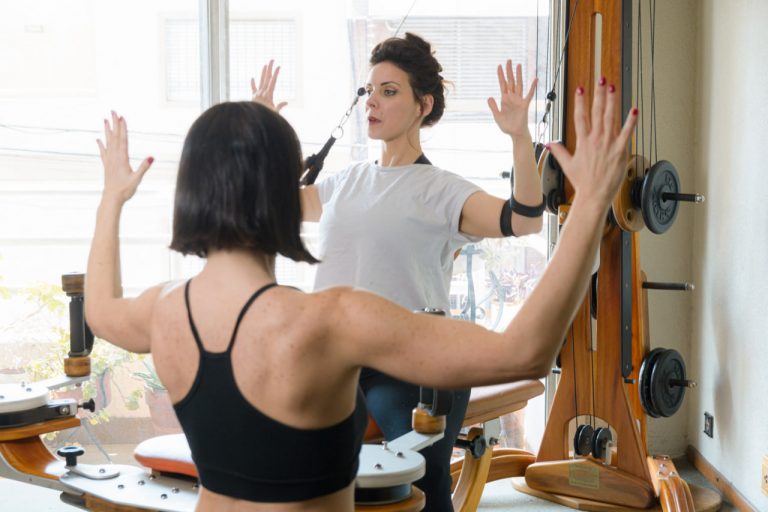How Pilates Enhances Athletic Performance
Athletes across many sports have discovered the remarkable benefits of incorporating Pilates into their training routines. While Pilates is often associated with flexibility and rehabilitation, its influence on athletic performance is profound and multifaceted. From improving core strength to enhancing balance and preventing injuries, Pilates offers targeted benefits that can elevate an athlete’s overall capability and longevity. In this blog, we will explore how Pilates enhances athletic performance and why it has become a vital part of many professional and amateur athletes’ fitness regimens.
Building a Strong and Stable Core
One of the foundational principles of Pilates is developing core strength, often referred to as the “powerhouse” of the body. The core includes the muscles of the abdomen, lower back, hips, and pelvis. For athletes, a strong core is essential because it provides stability and support for nearly every movement, whether running, jumping, or lifting.
Pilates exercises target deep core muscles that are not always activated during traditional strength training. This results in improved posture, better balance, and enhanced power transfer during athletic activities. A strong core helps athletes maintain proper form, reduce compensations, and generate more force efficiently, leading to better performance and reduced fatigue.
Enhancing Flexibility and Range of Motion
Flexibility is a key component in most sports, affecting speed, agility, and injury prevention. Pilates emphasizes controlled stretching and lengthening of muscles, which improves overall flexibility and joint mobility. Unlike static stretching, Pilates movements encourage dynamic flexibility by incorporating strength and control.
By regularly practicing Pilates, athletes can increase their range of motion safely and effectively. This enhanced flexibility allows for greater ease of movement, quicker direction changes, and more fluid motion patterns, all of which are critical for peak athletic performance.
Improving Balance and Coordination
Balance and coordination are essential skills for athletes in virtually every sport. Pilates challenges the body’s ability to stabilize through small, controlled movements that engage multiple muscle groups simultaneously. This helps refine neuromuscular coordination—the communication between nerves and muscles—which improves body awareness.
Better balance reduces the risk of falls and awkward landings that can lead to injuries. For athletes, this means improved control during complex maneuvers, quicker reaction times, and enhanced precision in their movements. Pilates trains the body to remain centered and balanced, even under dynamic conditions.
Supporting Injury Prevention and Rehabilitation
Athletic training and competition put significant stress on the body, often leading to muscle imbalances, overuse injuries, and joint strain. Pilates offers a corrective approach by focusing on muscular balance, proper alignment, and functional movement patterns. Strengthening weak areas and improving posture can help prevent common injuries such as strains, sprains, and lower back pain.
Moreover, Pilates is widely used in rehabilitation settings due to its low-impact, controlled nature. Athletes recovering from injury can benefit from Pilates exercises that promote gentle strengthening and flexibility without aggravating existing conditions. This accelerates recovery and supports a safe return to sport.
Enhancing Breathing and Mental Focus
Athletic performance is not solely physical; mental clarity and effective breathing are just as important. Pilates incorporates specific breathing techniques that enhance oxygen flow, endurance, and relaxation. Learning to control breath under physical stress helps athletes manage fatigue and maintain composure during competition.
Additionally, Pilates requires concentration and body awareness, fostering mindfulness that translates to better focus in training and events. This mental aspect of Pilates supports athletes in staying present, reducing anxiety, and improving overall performance.
Complementing Other Training Modalities
Pilates is highly adaptable and complements various forms of athletic training such as weightlifting, running, cycling, and team sports. Its emphasis on core stability, flexibility, and balanced strength can enhance the effectiveness of other workouts. By integrating Pilates, athletes address gaps in their training that might otherwise go unnoticed, leading to more comprehensive fitness and performance gains.
Many professional sports teams and elite athletes have adopted Pilates as part of their conditioning programs due to these complementary benefits. It not only improves physical capabilities but also contributes to career longevity by minimizing wear and tear on the body.




